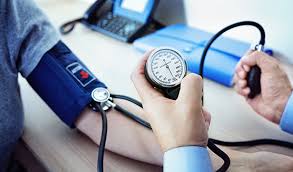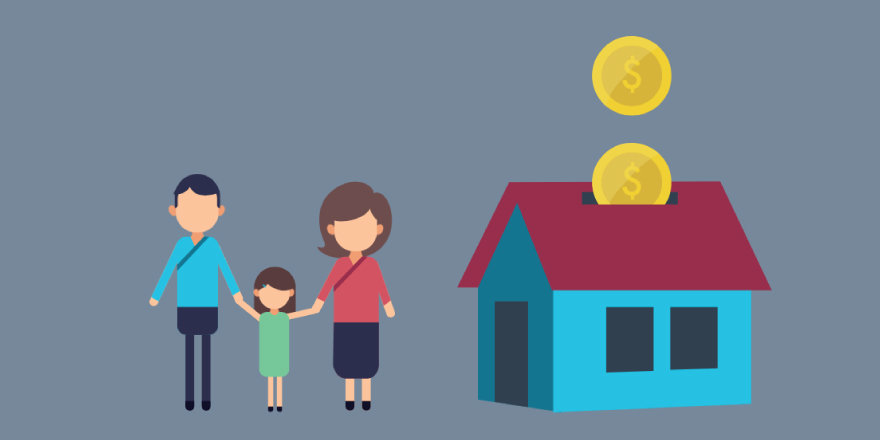
Here’s a summary of simple lifestyle changes that can help lower blood pressure, based on common health guidelines:
Eat a Balanced Diet
- Focus on a low-sodium, high-potassium diet by eating fruits, vegetables, whole grains, and lean proteins.
- Incorporate heart-healthy foods like leafy greens, nuts, seeds, and fish rich in omega-3 fatty acids.
Reduce Salt Intake
Excessive sodium is a major contributor to high blood pressure. Aim for less than 2,300 mg of sodium per day, and ideally, reduce it to 1,500 mg for more significant impact.
Exercise Regularly
Engage in at least 30 minutes of moderate-intensity exercise, such as walking, jogging, cycling, or swimming, 5 days a week. Regular physical activity helps keep the heart and blood vessels healthy.
Limit Alcohol Consumption
Drinking too much alcohol can raise blood pressure. Women should limit alcohol to one drink per day, and men to two.
Reduce Stress
Chronic stress contributes to high blood pressure. Practice relaxation techniques like deep breathing, yoga, meditation, or spending time in nature to unwind.
Quit Smoking
Smoking increases blood pressure and heart rate. Stopping smoking improves blood circulation and lowers the risk of cardiovascular disease.
Maintain a Healthy Weight
Being overweight increases the risk of high blood pressure. Losing even a small amount of weight can help lower blood pressure significantly.
These lifestyle changes, when combined, can help you manage blood pressure levels naturally. Always consult with a healthcare provider for a tailored approach to managing your health.









